As population densities increase and certain long relied-upon resources diminish, the industry is starting to think about how we can get the materials we use to work harder. Combine this with the ever-present quest to save energy where possible, and the need to develop materials that are sustainable and smart is once again in the spotlight.
In this post, we’ll explore both ends of the sustainability spectrum: disarmingly simple sustainable raw materials, and more futuristic sustainable technologies that enhance the resilience and capabilities of structures.
Sustainable raw materials
Corn stalks and mushroom spores
The ‘Hy-fi’ structure that stood in the courtyard of MoMA’s PS1 space for most of the summer in 2014 was particularly special, and not just because it was the winning concept in the Young Architects Program competition. The bricks that made it up were grown in a mould from a mixture of corn stalks (valueless waste material from farms) and mushroom mycelium spores.
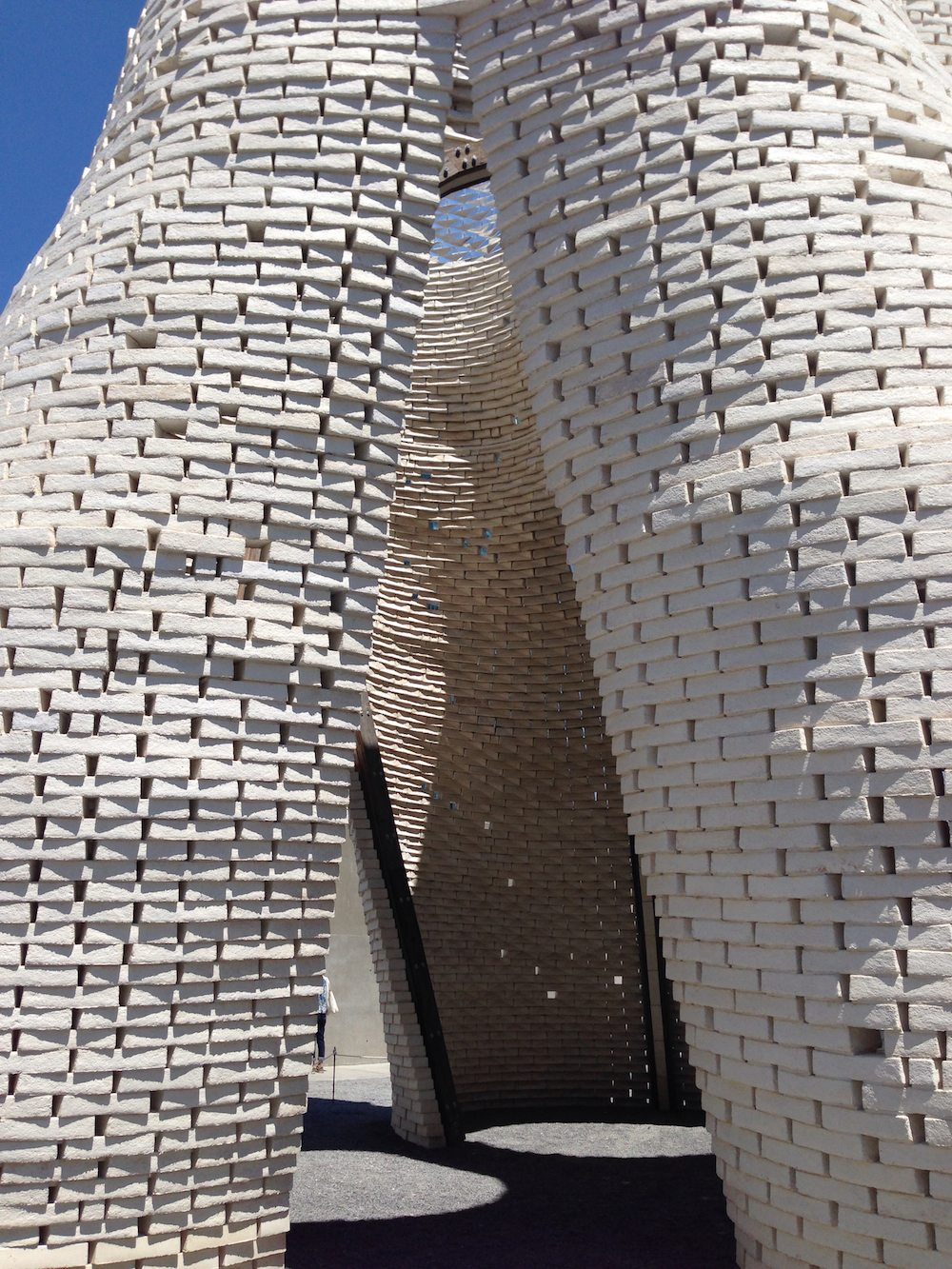
HY-FI at MOMA Warm Up
The raw materials are cheap and low-impact to obtain, and the resulting organic brick is strong and lightweight. It can be manufactured in a matter of days, and either adapted to survive the elements, or left to harmlessly biodegrade. This project, the first of its kind, proves the potential of utilising natural materials to revolutionise the industry and perhaps form future product ranges.
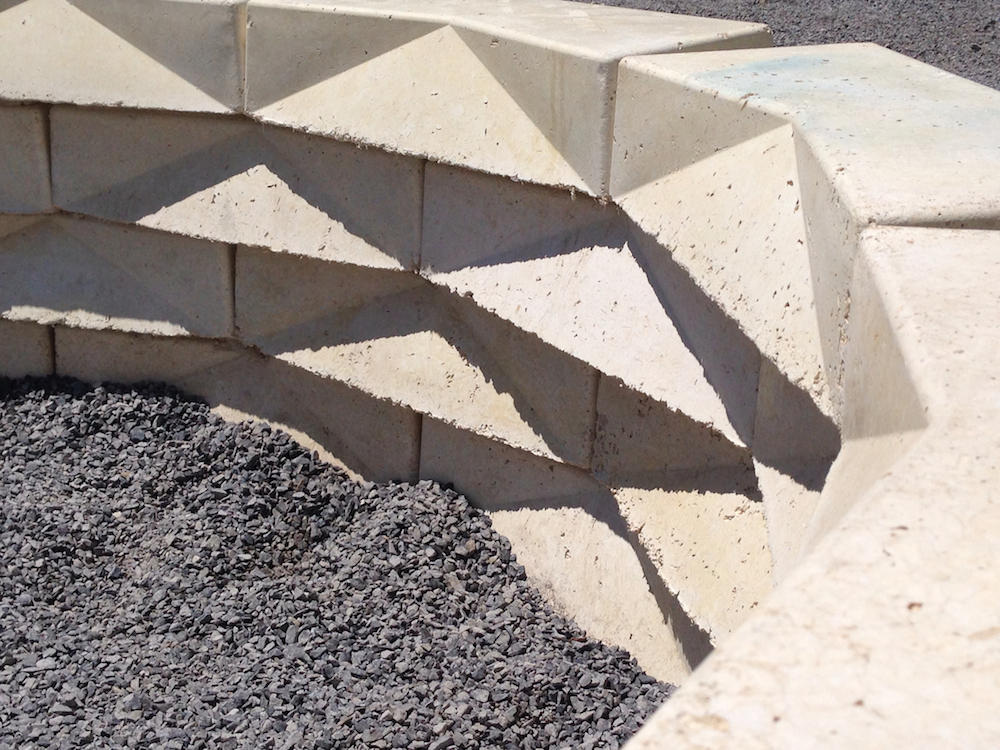
Mushroom bricks The Living
Bamboo (with added concrete)
The potential of bamboo as a sustainable, fast-growing material for various construction applications is well documented, particularly in parts of the world prone to earthquakes. One graduate of MIT’s School of Architecture and Planning explored the possibilities for combining a bamboo structure with concrete.
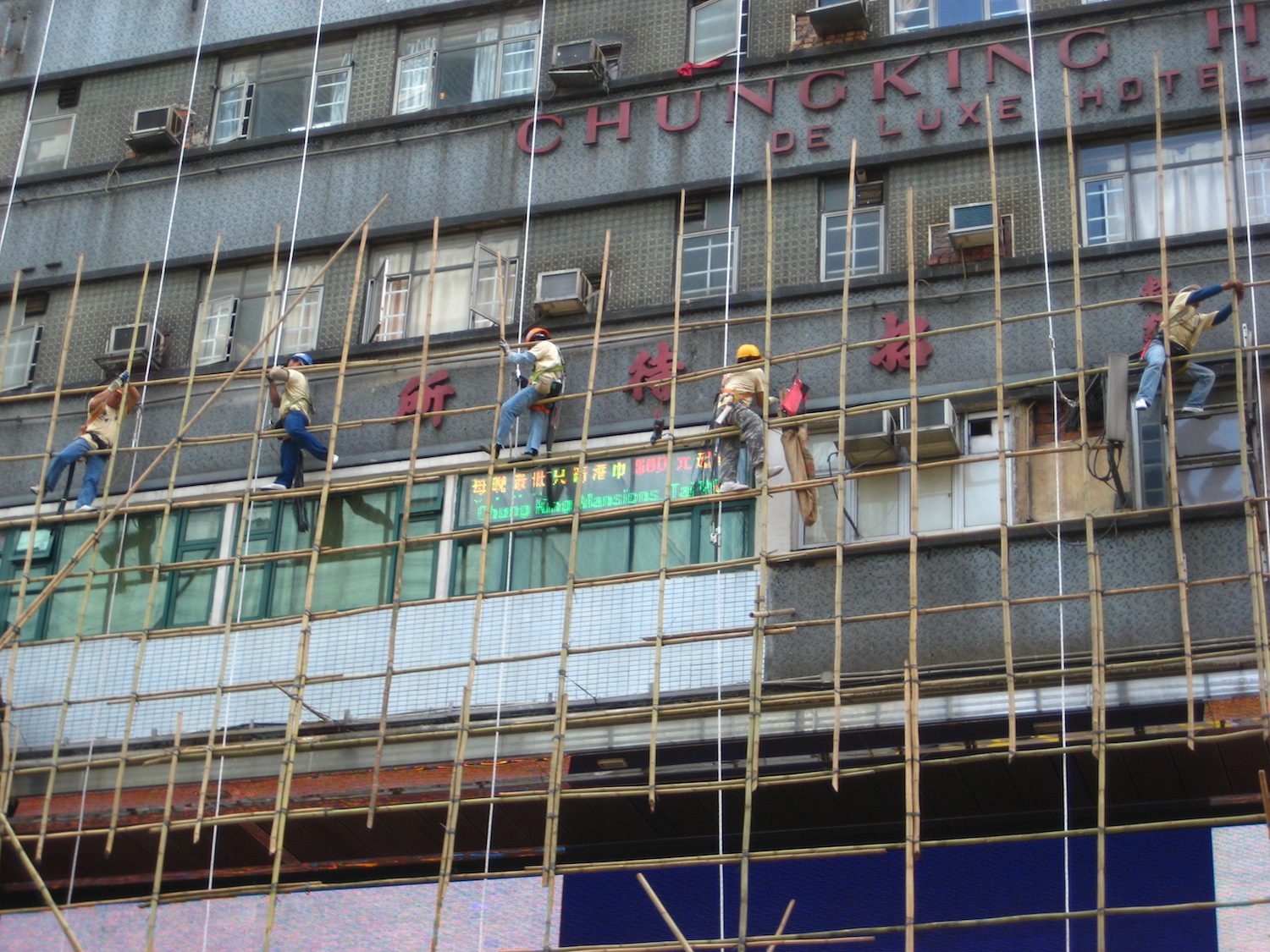 Bamboo Structure
Bamboo Structure
This combination could enable concrete structures to be built with lower environmental impact. It could also ease the stark contrast between concrete dwellings and bamboo groves in places where nature and development seem constantly at odds.
Hemp
Hemp has been used in construction historically, but recently more high tech composites incorporating hemp fibres are starting to appear in British construction. The most recent structure of note is the Marks & Spencer store at Cheshire Oaks, which used a type of hemp and lime wall panel that insulates well, reduces the whole life CO2 of the building considerably, and helps to regulate internal temperatures, reducing energy use.
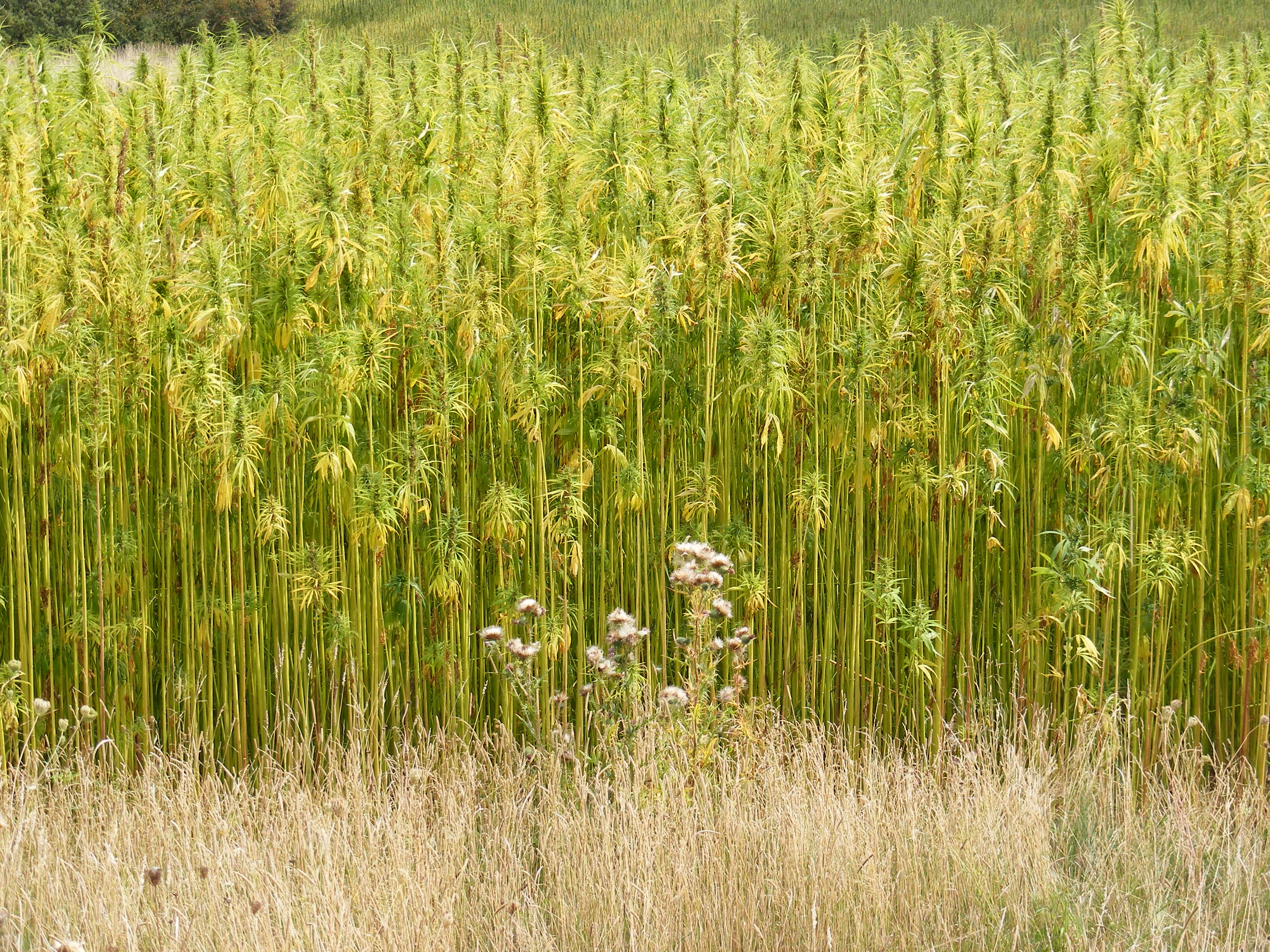
Hemp crop
Waste materials = building materials
A company called StoneCycling, founded by Dutch product design student Tom van Soest and his partner Ward Massa, has mechanised the processes that make stone in nature: pulverisation, pressurisation, and extreme heating. Using raw materials such as demolition waste, construction waste, and manufacturing refuse, StoneCycling has instigated a continuous, waste-free production cycle. No non-waste materials are added. Products in development include bricks, tiles (non-waste glaze optional), and waste-based furniture.
Sustainable design with a futuristic edge
Melting asphalt
Road maintenance costs many countries a significant chunk of budget every year, with the extra burden of car repairs for motorists to shoulder as well. Materials that are easy to repair, or that can even ‘heal’ themselves, could save cities significant costs over time. The video below shows Dutch civil engineer Erik Schlangen demonstrating a steel-and-bitumen composite asphalt alternative. Cracks and faults in the composite can be ‘healed’ by induction: the steel heats up, melting the bitumen, which heals over as it solidifies once more.
Click to see video - Erik Schlangen - Healing Asphalt
Wall-patching bacteria
An equally innovation solution has potential to revolutionise the future of street furniture and hard landscaping products. Naturally, concrete has some self-healing properties: when a crack appears, water that enters will break up and mix the materials, eventually filling the gap, to an extent. However, water generally has more of a damaging effect than a mending one. Now, concrete has been developed that will make water a much more effective solution to the problem it causes. It contains bacteria spores encased in permeable capsules.
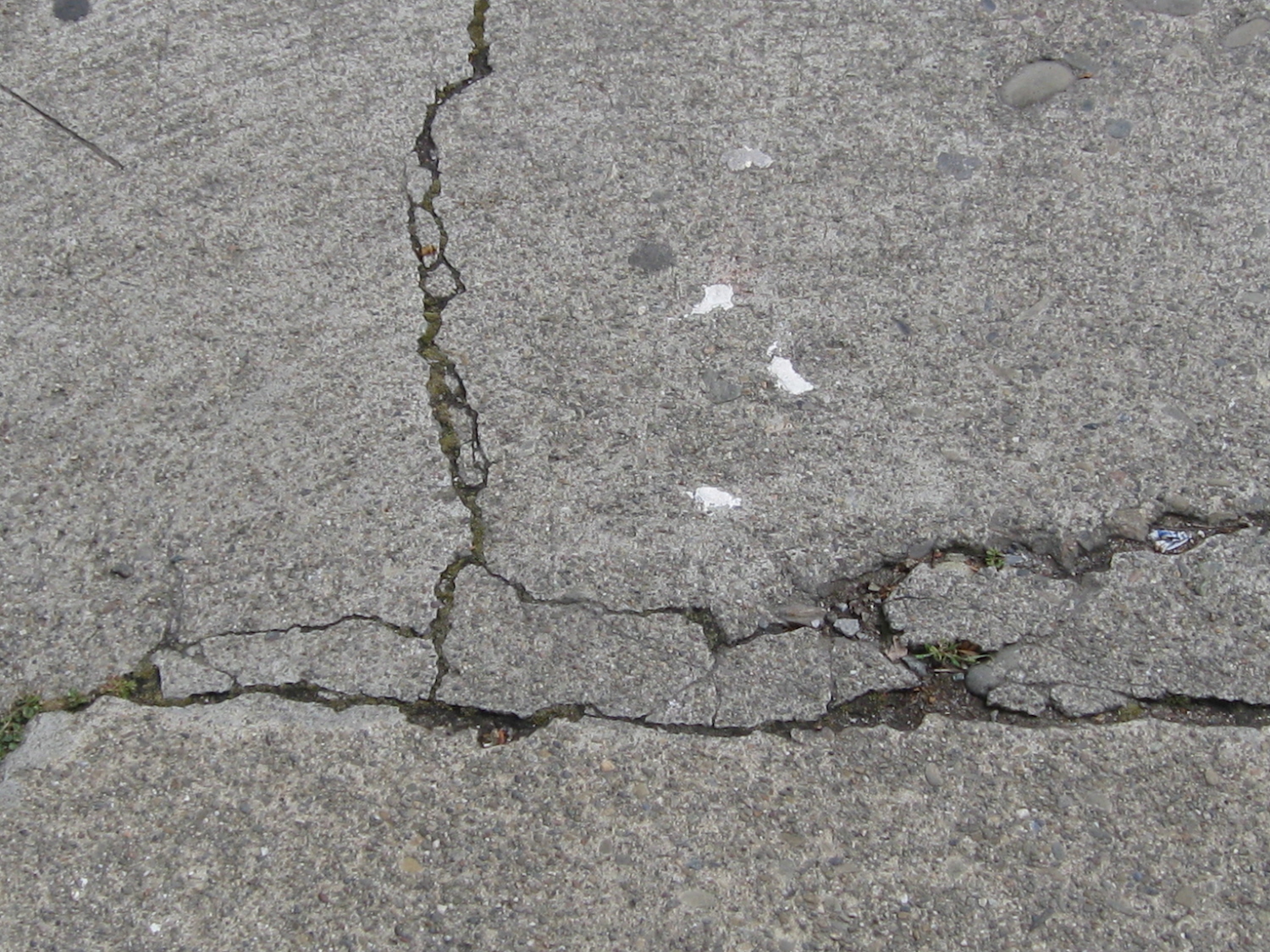
Concrete cracking
During and after construction, they remain inert. However, when the concrete cracks and water seeps in to the material, they germinate on contact, and move towards the source of the water. The bacteria produce a calcite, filling in the cracks in the concrete as they move along the path the water travelled.
Nitrogen-eating tile finish
Some of the best solutions are low-impact in every sense, and the sometimes the less complicated they are to implement, the better. Students at a California university recently discovered that surfaces coated in titanium dioxide actively remove 88-97% of the pollutant nitrogen oxide from the air when exposed to UV light. There is a question about how long the coating will last when applied, but it’s a great step towards adapting existing structures for cleaner air.
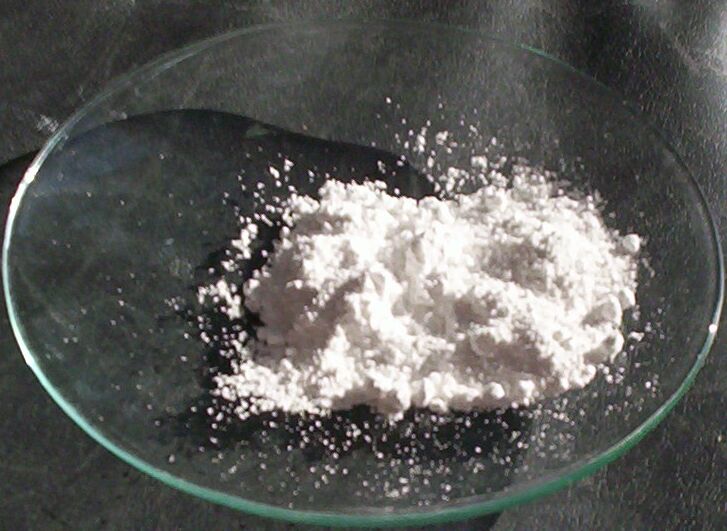
Titanium dioxide
Invisible solar harvesting technology
A luminescent solar concentrator works by narrowing the frequency of incoming light as far as possible, allowing for simpler, cheaper photovoltaic cells to be used to make electricity. It usually involves coloured materials, but now researchers at Michigan State University have developed a transparent luminescent solar concentrator that can be applied to windows.
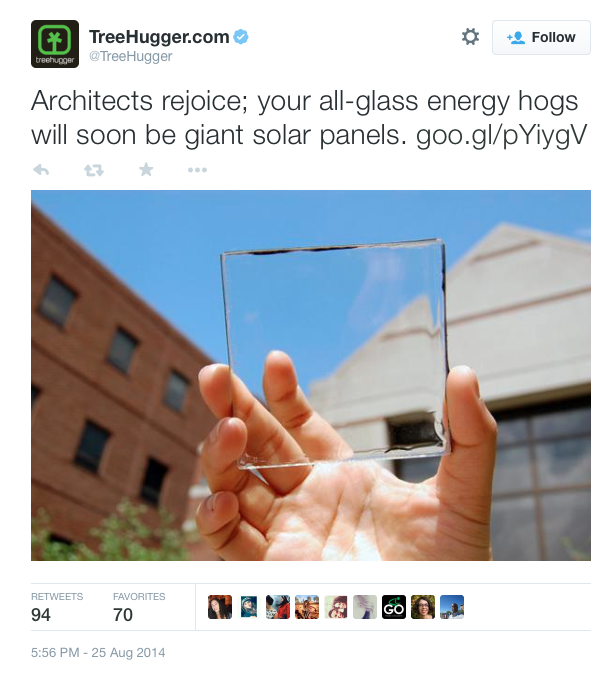
Treehugger.com Tweet on Transparent Solar Panels
It’s been achieved by targeting wavelengths of sunlight that are not in the visible spectrum. Small organic molecules pick up ultraviolet and near infrared wavelengths and ‘glow’ at a different infrared wavelength. This emitted ‘glow’ is converted into electricity by thin strips of photovoltaic cells. Efficiency is low by commercial LSC technology standards at the moment, and much lower than commercially available photovoltaic cells, but the possibilities for generating highly localised electricity are exciting, such as smartphone screens, and smart window films for cars.
On the path towards creating smarter cities, this collection of biodegradable, renewable, self-healing materials is just the tip of the iceberg, and their potential applications are mind-boggling. Pushing the boundaries of convention is what will help to make spaces better for citizens and the planet. If we can build temporary structures out of mushroom spores, maybe we can 3-D print smooth paving stones that become textured as atmospheric temperature drops, or set new precedents in renewable sources for materials across the industry.
Image credits:
Image 1 © Jessica Sheridan Image 2 © Jessica Sheridan Image 3 © Michael Image 4 © Adrian Cable Image 5 © Sherrie Thai Image 6 © Alnokta
Header & featured Image: © lalalfdfa



